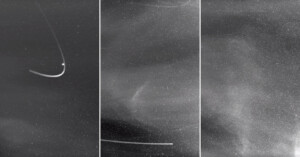
NASA’s Parker Solar Probe Photographs its Journey Through a Solar Storm
NASA's Parker Solar Probe, the first spacecraft to "touch the Sun," sailed directly through a coronal mass ejection (CME).

NASA's Parker Solar Probe, the first spacecraft to "touch the Sun," sailed directly through a coronal mass ejection (CME).
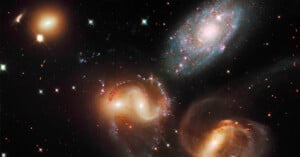
Although the James Webb Space Telescope gets a lot of attention for its impressive technology and many discoveries, the Hubble Space Telescope has remained very busy, and researchers have been using the observatory to perform incredible science.

When making PetaPixel’s documentary about Blair Bunting’s U2 photo shoot at the edge of space (which you should really watch now if you haven’t), one thing we decided not to focus on was the camera gear. But we love talking about cameras and lenses, so Chris sat down with Blair the evening before his epic shoot to discuss the equipment he was bringing up in a U2 spy plane.
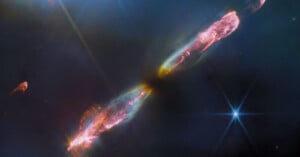
The James Webb Space Telescope (JWST) has captured an image of Herbig-Haro 211 that is an "infantile analog" of the Sun when it was just a baby star with a mass of about one-twelfth the present-day Sun.
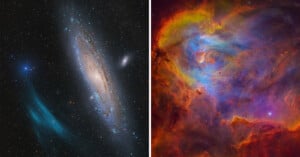
Royal Observatory Greenwich has revealed that photographers Marcel Dreschler, Xavier Strottner, and Yann Sainty have been named "Astronomy Photographer of the Year" for their stunning image, Andromeda, Unexpected.
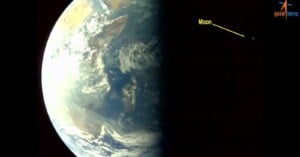
The Indian Space Agency (Isro) has shared the first-ever photographs sent by the country's solar observation mission as it makes its way toward the Sun.
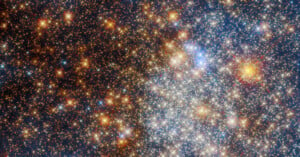
Approximately half a century ago, Turkish-Armenian astronomer Agop Terzan discovered 11 globular clusters. Today, the Hubble Space Telescope views Terzan's clusters in details he could have only dreamed of at the time.
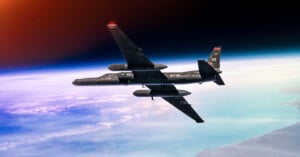
Eight years of discussions. Six months of training. Two days of final preparations. Much was required to give photographer Blair Bunting two hours at the edge of Earth's atmosphere to conduct the first-ever photo shoot at near-space where he captured images that have never been made before and will likely never be made again.
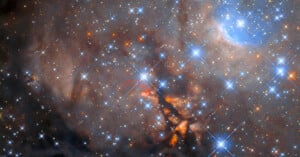
While the James Webb Space Telescope may get the lion's share of the attention these days, the venerable Hubble Space Telescope is still performing vital science and capturing beautiful images.
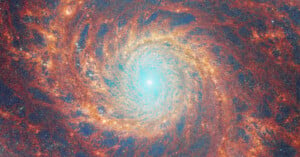
The James Webb Space Telescope's Mid-InfraRed Instrument (MIRI) and Near-InfraRed Camera (NIRCam) have captured the graceful, well-defined bending arms of the grand-design spiral galaxy M51, also known as NGC 5194.
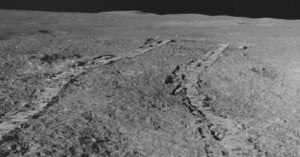
The Indian Space Research Organization (ISRO) has shared new photos and videos captured by its Chandrayaan-3 lunar lander following its successful landing on the Moon's south pole on August 23, a momentous occasion that made India the fourth country to ever land on the Moon successfully and the first to do so near the lunar south pole.
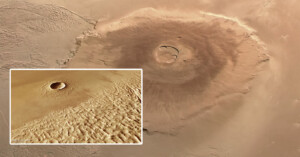
The European Space Agency (ESA) has released new photos captured by the Mars Express satellite that show evidence of landslides and a turbulent past around the most imposing volcano in the Solar system: Olympus Mons.
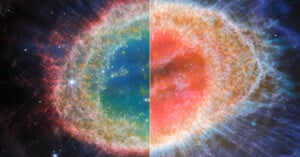
The James Webb Space Telescope has observed the Ring Nebula in spectacular, unprecedented detail using its Near-InfraRed Camera (NIRCam) and Mid-InfraRed Instrument (MIRI) imagers.
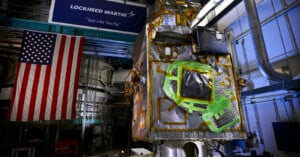
NASA's Lunar Trailblazer satellite has been equipped with a new Thermal Mapper instrument that was developed by scientists at Oxford and will play an important role in the satellite's goal of searching for signs of water on the Moon.
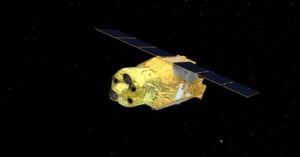
Like all cameras, the sophisticated imaging instruments used in telescopes detect wavelengths of light. While some telescopes see in visible light, as human eyes do, others work in wavelengths that people cannot see.
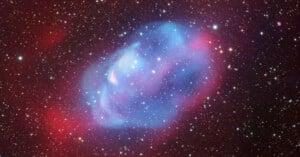
"It is a very common misconception amongst people that the night sky has been explored in its entirety by the great professional space observatories like James Webb, Hubble, NASA, and ESA. People think there is nothing left for the average person to go out and discover in space. But this couldn't be further from the truth," says astrophotographer Bray Falls.
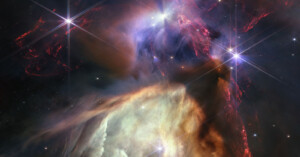
The James Webb Space Telescope YouTube channel released a fascinating new video this week that explains how Space Telescope Science Institute (STScI) science visuals developers Joe DePasquale and Alyssa Pagan transform Webb's black-and-white image data into full-color composites.
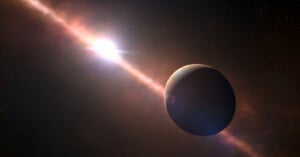
Northwestern University astrophysicist Jason Wang led a project to create the longest timelapse of an exoplanet ever assembled. The video compresses 17 years of real data of an exoplanet orbiting its star down to just 10 seconds -- and that 17 years was only enough for the planet to travel about 75% of a single 23.6-year orbit.
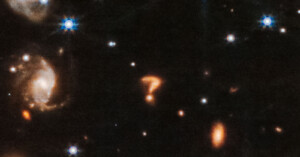
The James Webb Space Telescope recently photographed the Herbig-Haro 46/47, a pair of newly forming stars. The beautiful composite is vast and full of rich detail, including a cosmic question mark.
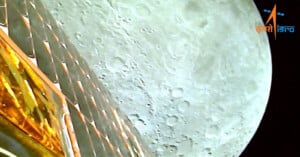
India's Chandrayaan-3 rover reached lunar orbit on August 5 and has sent its first images of the Moon to Earth. Successfully entering lunar orbit is a critical step in the Indian Space Research Organization's (ISRO) historic mission to the Moon.
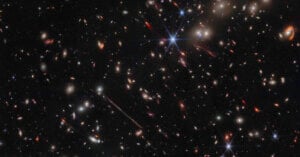
Webb's new infrared image of the galaxy cluster "El Gordo" ("the Fat One") showcases hundreds of galaxies, some of which have never been seen before in such detail. Using its Near-Infrared Camera (NIRCam), Webb has used the gravitational lensing created by El Gordo to see distant background galaxies more clearly, offering scientists a unique look at the distant universe.
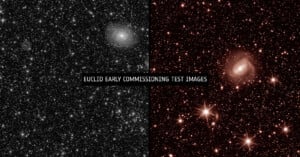
Nearly a month after launching from Cape Canaveral, the European Space Agency's new space probe, Euclid, has sent its first test images to Earth, and they are spectacular.
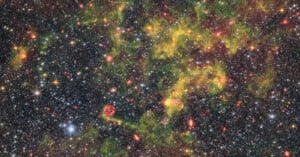
The James Webb Space Telescope recently captured a colorful image of the irregular galaxy NGC 6822. Using its Near InfraRed Camera (NIRCam) and Mid-InfraRed Instrument (MIRI), Webb observed different aspects of NGC 6822, including gas-rich regions and specific organic compounds critical for star and planetary formation.
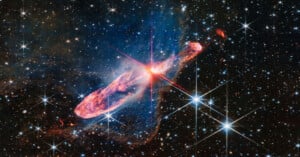
The James Webb Space Telescope has captured an amazing image of Herbig-Haro 46/47 using its near-infrared instrument, NIRCam. The image, processed by Joe DePasquale of the Space Telescope Science Institute (STScI), showcases a "tightly bound pair of actively forming stars" in brilliant detail and color.
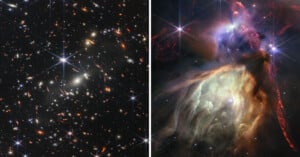
Since it began its full scientific operations at the second Lagrange point (L2), about one million miles (1.5 million kilometers) from Earth last year, the James Webb Space Telescope (JWST) has enchanted people around the world. Webb's photos have inspired many people to learn more about space and look at the night sky with unprecedented wonder and curiosity.
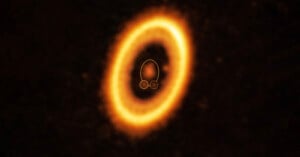
An international team of scientists has captured the first observational evidence showing that two planets can share the same orbit around a star.
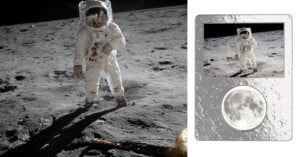
Melania Trump's latest NFT drop that celebrates the Apollo 11 lunar landing prominently uses a photo from NASA's archives, which is a violation of the space agency's image usage rules.
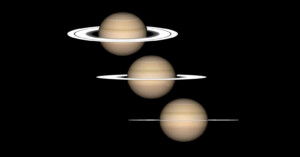
Astrophotographers are going to want to photograph Saturn's rings sooner rather than later since they're going to disappear in more ways than one after this summer.

The James Webb Space Telescope is celebrating its first year of scientific operations in style through a massive 153-megapixel image of the Rho Ophiuchi cloud complex, the closest star-forming region to Earth.
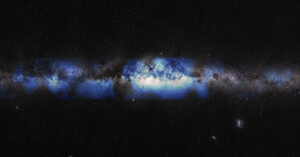
The IceCube Neutrino Observatory has produced an image of the Milky Way galaxy using neutrinos. The groundbreaking image is the first of its kind and provides critical evidence that the Milky Way is a source of high-energy neutrinos.